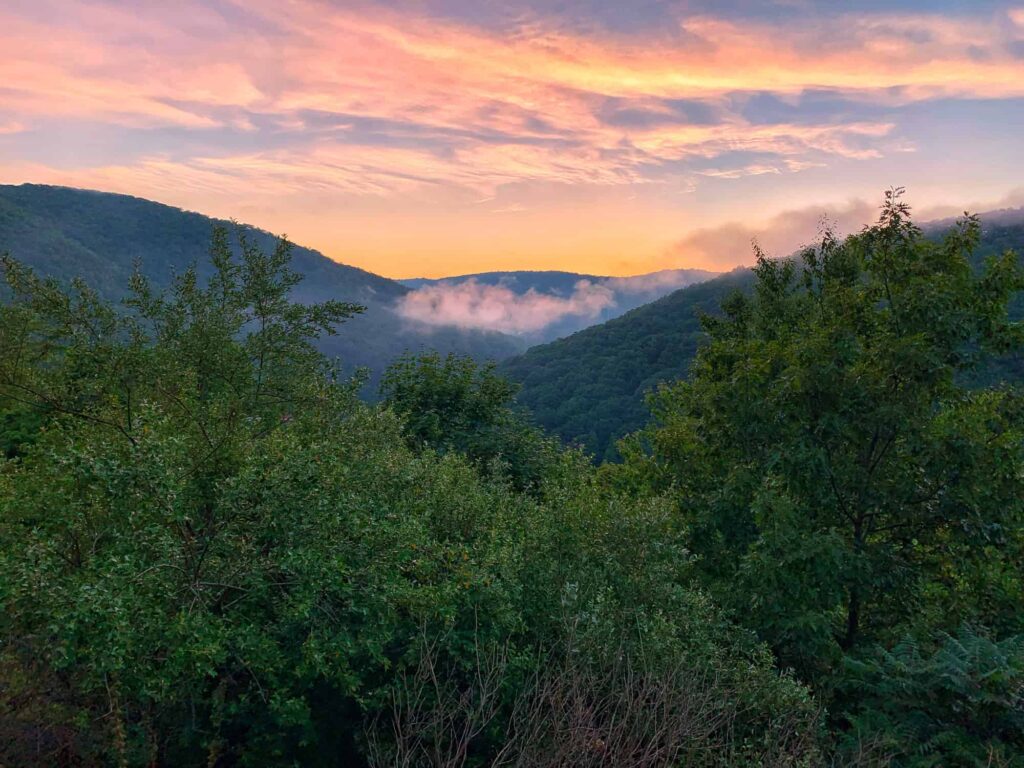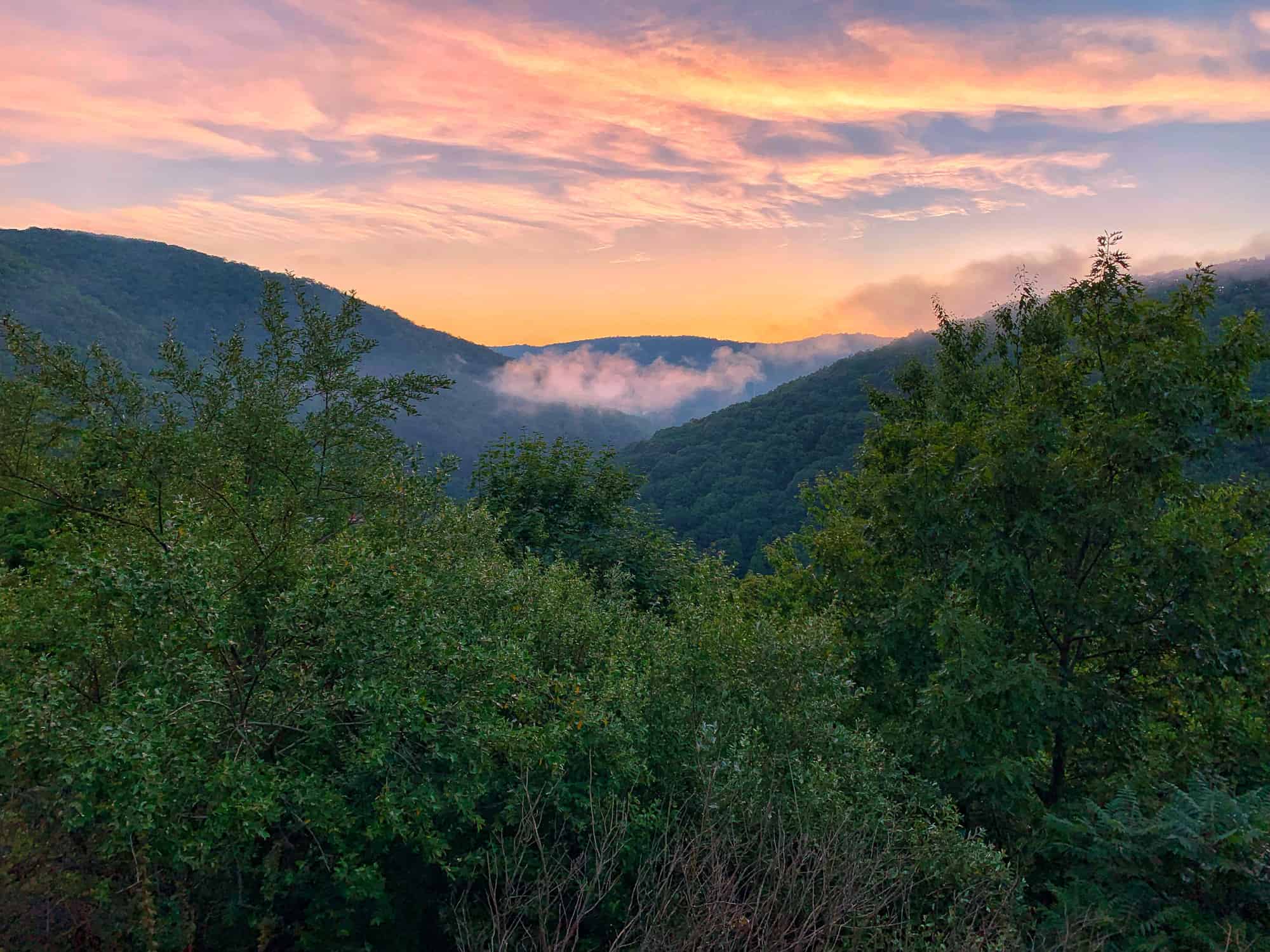
Exploring the Breathtaking Pennsylvania Landscape: A Comprehensive Guide
The Pennsylvania landscape is a diverse tapestry of natural beauty, historical significance, and recreational opportunities. From the rolling hills of the southeast to the rugged mountains of the north, Pennsylvania offers a wealth of scenic vistas and outdoor adventures. This guide explores the various facets of the Pennsylvania landscape, providing insights into its geological formations, ecological diversity, and the ways in which it shapes the state’s culture and economy.
Geological Foundations of the Pennsylvania Landscape
Pennsylvania’s geological history spans millions of years, resulting in a landscape sculpted by ancient seas, tectonic forces, and glacial activity. The Appalachian Mountains, which run through the state, are a prominent feature, formed by the collision of tectonic plates hundreds of millions of years ago. These mountains contribute significantly to the varied Pennsylvania landscape.
The Appalachian Plateau
The Appalachian Plateau covers much of western and northern Pennsylvania, characterized by deep valleys, steep slopes, and abundant forests. This region is rich in natural resources, including coal and natural gas, which have played a significant role in the state’s industrial history. The plateau’s rugged terrain offers opportunities for hiking, hunting, and other outdoor activities.
The Ridge and Valley Province
East of the Appalachian Plateau lies the Ridge and Valley Province, a region of long, parallel ridges and valleys formed by the folding and faulting of sedimentary rocks. The Susquehanna River, one of the longest rivers in the eastern United States, flows through this province, carving its way through the ridges and providing scenic views. The Pennsylvania landscape in this area is truly remarkable.
The Piedmont Province
Southeastern Pennsylvania is part of the Piedmont Province, a region of rolling hills and fertile farmland. This area is characterized by its rich agricultural heritage and its proximity to major urban centers like Philadelphia. The Piedmont’s gently sloping terrain and moderate climate make it ideal for farming and residential development.
Ecological Diversity in the Pennsylvania Landscape
The diverse geology and climate of Pennsylvania support a wide range of ecosystems, from forests and wetlands to rivers and lakes. The state is home to a variety of plant and animal species, some of which are rare or endangered. Understanding and protecting this ecological diversity is crucial for preserving the Pennsylvania landscape for future generations.
Forest Ecosystems
Forests cover a significant portion of Pennsylvania, providing habitat for wildlife, regulating water flow, and sequestering carbon. The state’s forests are dominated by hardwood trees such as oak, maple, and beech, but also include stands of pine and hemlock. These forests are a vital part of the Pennsylvania landscape and support a thriving timber industry.
Wetland Ecosystems
Wetlands, including swamps, marshes, and bogs, are important ecosystems that provide habitat for a variety of plant and animal species, filter pollutants from water, and help to control flooding. Pennsylvania has a number of significant wetland areas, including the Pocono wetlands in the northeast and the Presque Isle wetlands in the northwest. The Pennsylvania landscape benefits greatly from these natural filters.
River and Lake Ecosystems
Pennsylvania’s rivers and lakes are important sources of drinking water, provide habitat for fish and other aquatic life, and offer recreational opportunities such as fishing, boating, and swimming. The state’s major rivers include the Susquehanna, Delaware, and Ohio, which are all vital components of the Pennsylvania landscape. [See also: Pennsylvania Waterways Preservation]
Recreational Opportunities in the Pennsylvania Landscape
The Pennsylvania landscape offers a wide range of recreational opportunities for outdoor enthusiasts. From hiking and biking to fishing and hunting, there is something for everyone to enjoy. The state’s parks and forests provide access to some of the most scenic areas in Pennsylvania.
Hiking and Biking
Pennsylvania has thousands of miles of hiking and biking trails, ranging from easy strolls to challenging climbs. The Appalachian Trail, which runs through the state, is a popular destination for long-distance hikers. The state’s rail trails, converted from former railroad lines, offer paved surfaces for biking and walking. Exploring the Pennsylvania landscape on foot or by bike is a great way to experience its beauty.
Fishing and Hunting
Pennsylvania is a popular destination for fishing and hunting, with abundant populations of fish and game. The state’s rivers and lakes are home to a variety of fish species, including trout, bass, and walleye. The forests provide habitat for deer, bear, turkey, and other game animals. Responsible hunting and fishing practices are essential for maintaining the health of the Pennsylvania landscape.
State Parks and Forests
Pennsylvania’s state parks and forests protect some of the most scenic and ecologically important areas in the state. These parks offer a variety of recreational opportunities, including camping, hiking, fishing, boating, and wildlife viewing. The Pennsylvania landscape is showcased in these protected areas, allowing visitors to appreciate its natural beauty. [See also: Guide to Pennsylvania State Parks]
The Pennsylvania Landscape and Its Cultural Significance
The Pennsylvania landscape has played a significant role in shaping the state’s culture and history. From the early settlers who farmed the land to the industrial workers who mined its resources, the landscape has influenced the way people live and work in Pennsylvania.
Agricultural Heritage
Pennsylvania has a rich agricultural heritage, with farming playing a vital role in the state’s economy and culture. The fertile soils of the Piedmont Province have supported generations of farmers, producing crops such as corn, soybeans, and vegetables. The Pennsylvania landscape is dotted with farms and orchards, reflecting the state’s agricultural roots.
Industrial History
Pennsylvania’s industrial history is closely tied to its natural resources, particularly coal and iron ore. The state was a major center of coal mining and steel production in the 19th and 20th centuries, with industries shaping the Pennsylvania landscape in profound ways. While many of these industries have declined, their legacy remains in the form of abandoned mines, industrial sites, and historic towns.
Tourism and Recreation
Today, tourism and recreation are important sectors of the Pennsylvania economy, drawing visitors from around the world to experience the state’s natural beauty and historical attractions. The Pennsylvania landscape is a major draw for tourists, with its scenic mountains, forests, and rivers. Promoting sustainable tourism practices is essential for protecting the environment and supporting local communities.
Challenges Facing the Pennsylvania Landscape
The Pennsylvania landscape faces a number of challenges, including pollution, habitat loss, and climate change. Addressing these challenges is crucial for preserving the state’s natural resources and ensuring a sustainable future.
Pollution
Pollution from industrial activities, agriculture, and urban runoff can degrade water quality, harm aquatic life, and threaten human health. Efforts to reduce pollution, such as implementing stricter environmental regulations and promoting sustainable farming practices, are essential for protecting the Pennsylvania landscape. [See also: Pennsylvania Environmental Protection Agency Initiatives]
Habitat Loss
Habitat loss due to development, deforestation, and invasive species is a major threat to biodiversity in Pennsylvania. Protecting and restoring habitat, such as forests, wetlands, and grasslands, is crucial for maintaining healthy ecosystems and supporting wildlife populations. Conserving the Pennsylvania landscape involves preserving these vital habitats.
Climate Change
Climate change is having a significant impact on the Pennsylvania landscape, with rising temperatures, changing precipitation patterns, and increased frequency of extreme weather events. These changes can affect forests, agriculture, and water resources, threatening the state’s economy and environment. Reducing greenhouse gas emissions and adapting to the impacts of climate change are essential for protecting the Pennsylvania landscape.
Conclusion
The Pennsylvania landscape is a valuable asset, providing a wealth of natural resources, recreational opportunities, and cultural heritage. By understanding and addressing the challenges facing the landscape, we can ensure that it remains a source of beauty, inspiration, and prosperity for generations to come. Protecting the Pennsylvania landscape is not just an environmental imperative, but an economic and social one as well.

